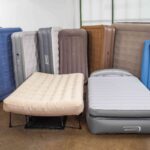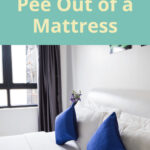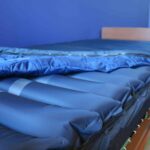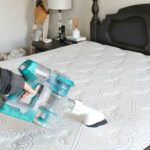Are you looking for a quick and easy way to get rid of fiberglass from your mattress? If so, you are in the right place! In this article, we will discuss the best methods for removing fiberglass from your mattress, so that you can enjoy a good night’s sleep without worrying about itchy skin and respiratory irritation. We will also provide tips and tricks for preventing future fiberglass contamination. So, if you want to know how to get rid of fiberglass from your mattress quickly and easily, keep reading!
What is Fiberglass?
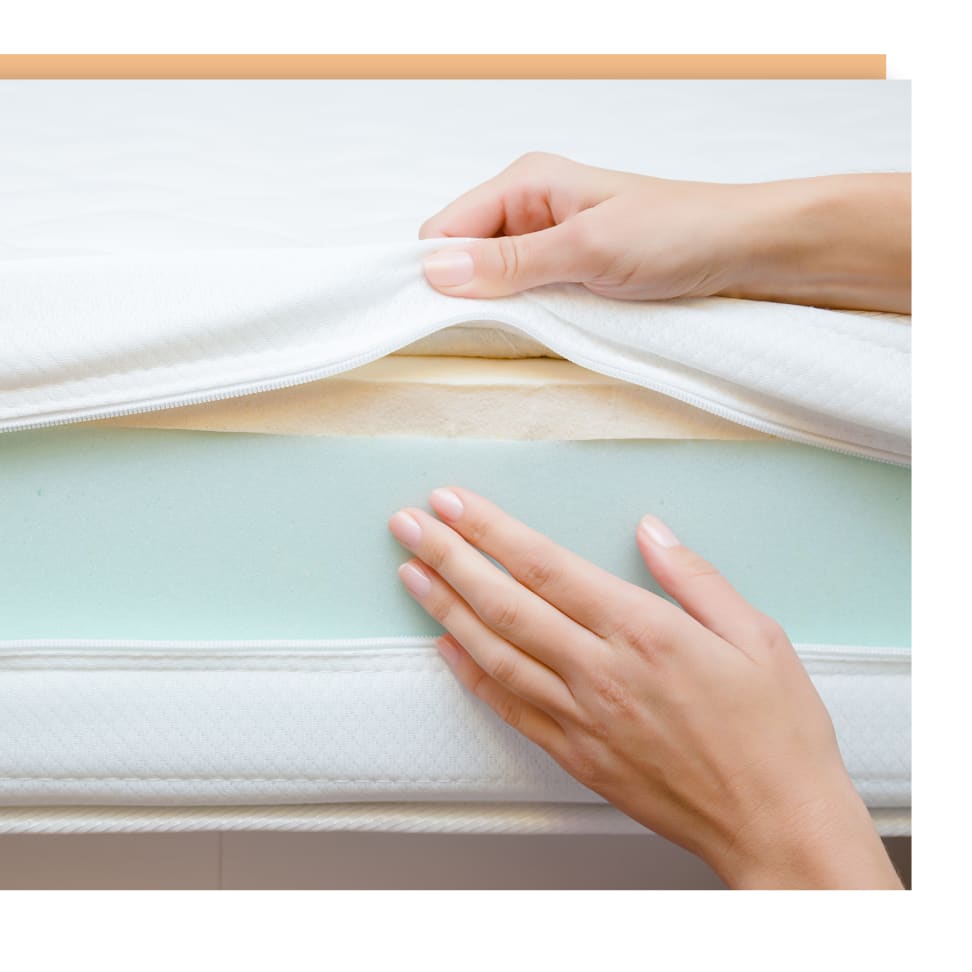
Fiberglass is a type of small, thin glass fibers that are made from extremely fine strands of glass. It is a material commonly used for insulation in construction, as well as for a variety of other applications. It is very lightweight, yet strong and durable, and is an excellent thermal and acoustic insulator. Unfortunately, it can also be a hazard if it is inhaled, as it can cause skin, eye, and respiratory irritation.
How to Clean Fiberglass from Mattress
The most effective way to remove fiberglass from a mattress is to use a vacuum cleaner with a HEPA filter. Vacuum the mattress thoroughly, paying special attention to any areas where fiberglass may have become embedded. Once the mattress has been vacuumed, use a damp cloth to wipe down the surface and remove any remaining fiberglass particles. For deeper cleaning, you may need to use a steamer or a special fiberglass-removing product.
Why is it Dangerous?
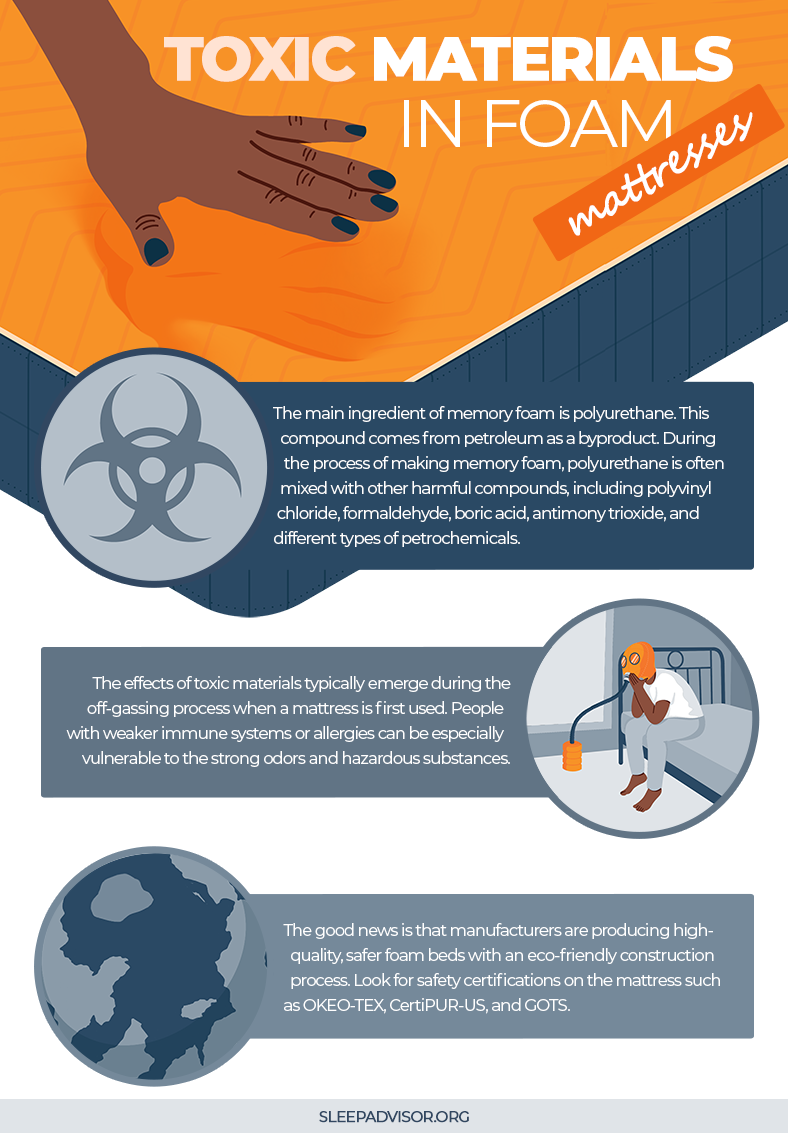
Fiberglass is a hazardous material and poses a number of health risks. It is composed of tiny glass fibers that can easily be inhaled, leading to respiratory complications. It can also irritate the skin and eyes, and can cause severe rashes. In addition, the dust from fiberglass particles can accumulate in the air and be inhaled over time, leading to more severe health issues. Moreover, the particles can accumulate in the mattress, which can make it difficult to clean and can cause further health issues. As such, it is important to take the necessary steps to remove fiberglass from the mattress quickly and easily.
- Fiberglass particles can easily be inhaled, leading to respiratory complications.
- It can irritate the skin and eyes and cause severe rashes.
- The dust from fiberglass particles can accumulate in the air and be inhaled over time, leading to more severe health issues.
- The particles can accumulate in the mattress, which can make it difficult to clean and can cause further health issues.
What Should You Do If You Find Fiberglass on Your Mattress
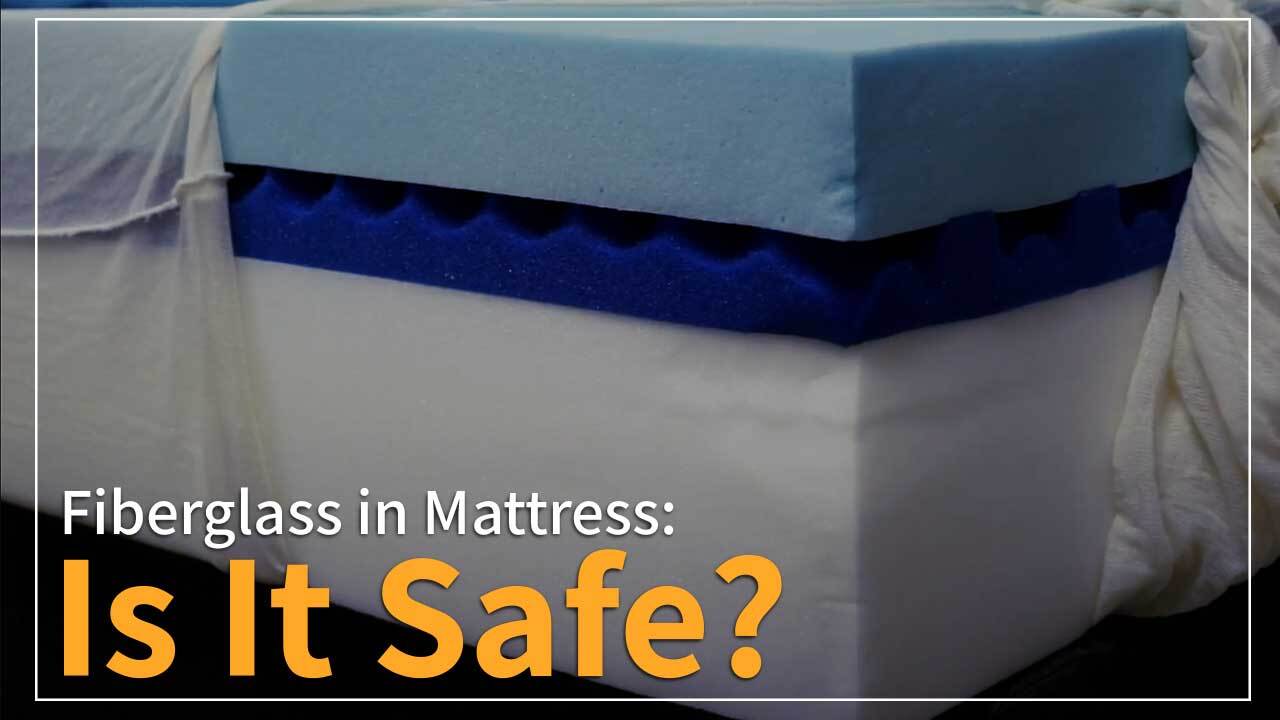
| Steps | Instructions |
|---|---|
| 1 | Put on protective clothing. Wear a long-sleeved shirt and pants, as well as rubber gloves and a dust mask. This will protect you from any fiberglass particles that may be released into the air. |
| 2 | Vacuum the mattress. Use a vacuum cleaner with a HEPA filter to thoroughly vacuum the mattress. This will help to remove any loose particles of fiberglass. |
| 3 | Apply an adhesive remover. Spray an adhesive remover such as Goo Gone onto the mattress and allow it to sit for 10 minutes. This will help to dissolve the adhesive holding the fiberglass particles in place. |
| 4 | Scrub the mattress. Use a stiff brush to scrub the mattress and loosen the fiberglass particles. Be sure to scrub in a single direction to avoid damaging the mattress. |
| 5 | Vacuum the mattress again. Vacuum the mattress a second time to remove any remaining fiberglass particles. |
| 6 | Wash the mattress. Use a mild detergent to wash the mattress and remove any remaining residue. Rinse the mattress with clean water and allow it to air dry. |
How to Get Rid of Fiberglass From Mattress
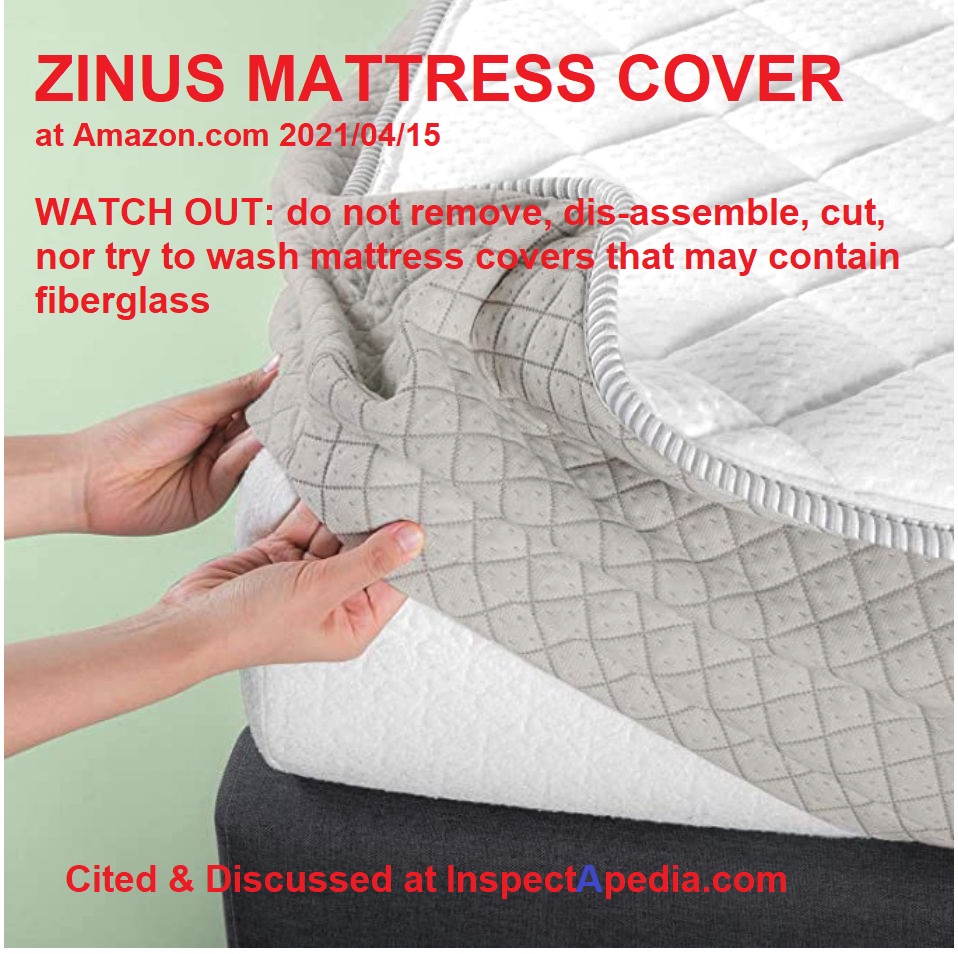
Fiberglass is a common material used in mattresses, but it can be dangerous to your health when it becomes airborne. Fortunately, getting rid of fiberglass from your mattress is relatively simple and can be done quickly and easily.
Step 1: Vacuum the Mattress
The first step is to vacuum the mattress thoroughly. Use a vacuum cleaner with a HEPA filter to ensure that all particles are captured and that none of the fibers are released into the air. Be sure to pay special attention to the seams and edges of the mattress.
Step 2: Apply a Sealant
Once the mattress has been vacuumed, it is important to apply a sealant to it. This will help to prevent fibers from becoming airborne and will also help to protect the mattress from future damage. Use a sealant that is specifically designed for mattresses, such as a spray-on sealant or a wax-based sealant.
Step 3: Place Protective Covers
Once the sealant has been applied, it is important to place protective covers on the mattress. This will help to further protect the mattress from future damage and will also help to contain any fibers that may become airborne. You can purchase mattress covers from most department stores or online retailers.
Step 4: Replace the Mattress
If the mattress is too damaged for the sealant and covers to be effective, then it is best to replace the mattress altogether. This is the most effective way to ensure that the fibers are completely removed from your home.
| Step | Description |
|---|---|
| 1 | Vacuum the Mattress |
| 2 | Apply a Sealant |
| 3 | Place Protective Covers |
| 4 | Replace the Mattress |
By following these steps, you can quickly and easily get rid of fiberglass from your mattress. This will help to protect your health and keep your home free from hazardous fibers.
Vacuum the Mattress
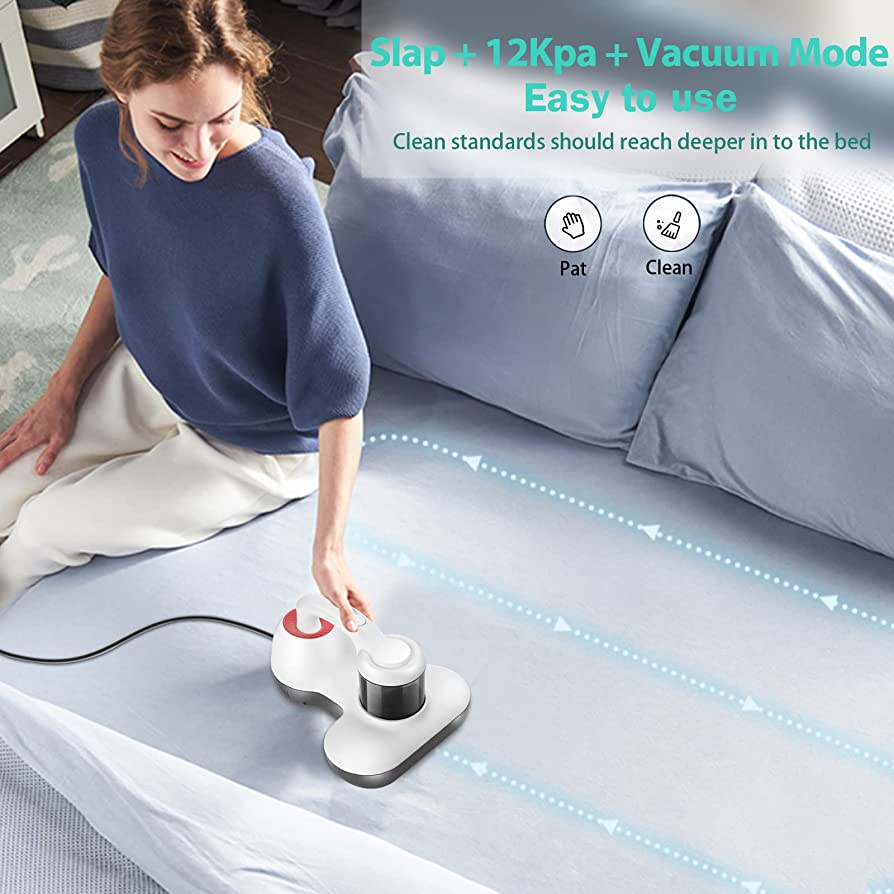
- Turn the mattress over and vacuum both sides to remove any dust and dirt.
- Use a brush attachment and vacuum the edges, seams, and tufts of the mattress.
- Vacuum the corners and around the bed frame to remove any fiberglass particles.
Use a Vacuum with a HEPA Filter
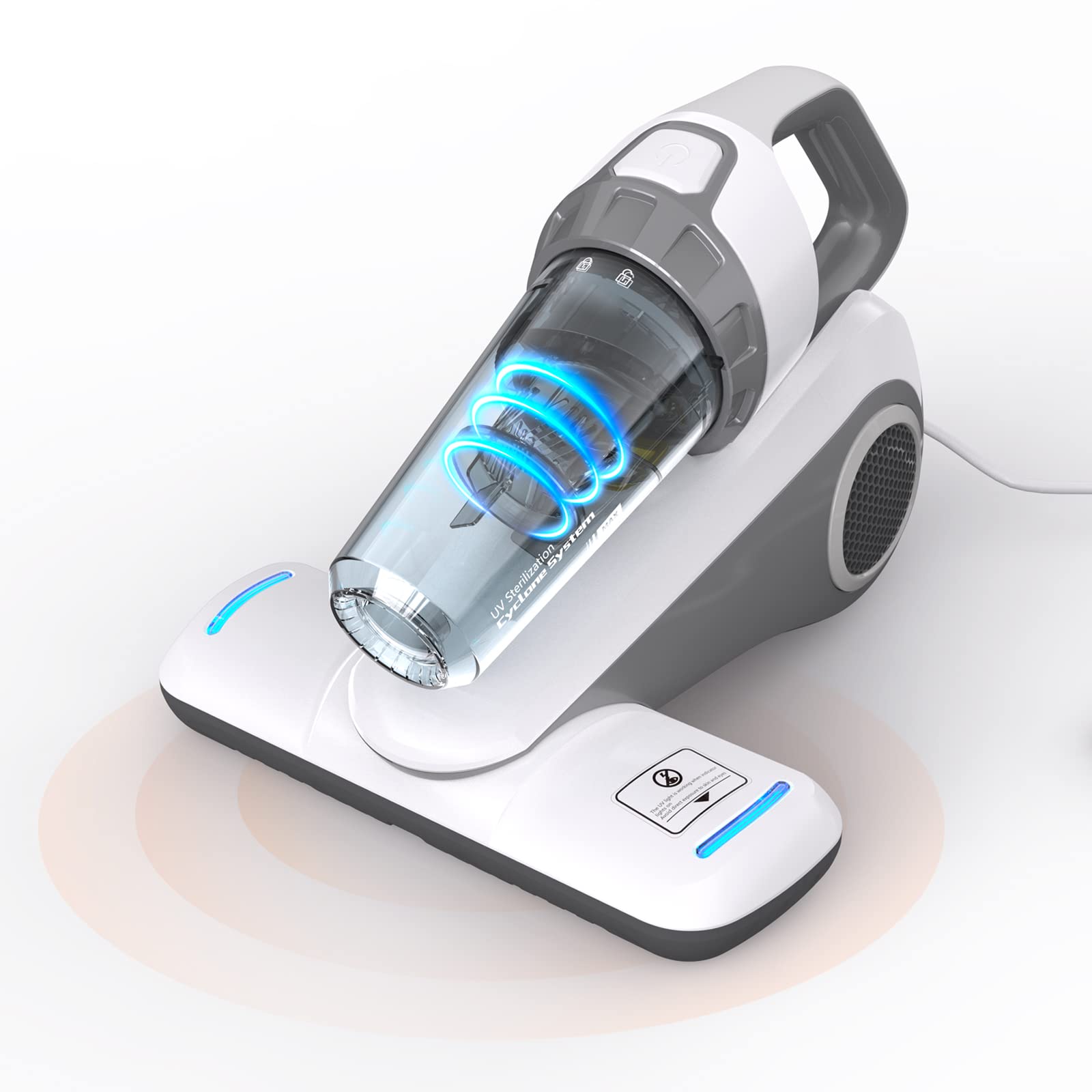
- HEPA filters capture up to 99.97% of microscopic particles and allergens, making them a must-have for anyone looking to get rid of fiberglass.
- If you have a vacuum with a HEPA filter, you can quickly and easily remove fiberglass particles from your mattress.
- Make sure to use a vacuum that is certified as a “true HEPA” filter, as these are the most effective in removing particles.
- If your vacuum has a HEPA filter, be sure to clean and replace the filter regularly to ensure the most effective cleaning.
- When vacuuming, always use the highest setting available to ensure that all particles are collected.
- Always vacuum in a slow, steady manner to ensure that all particles are removed.
Use a Wet/Dry Vacuum
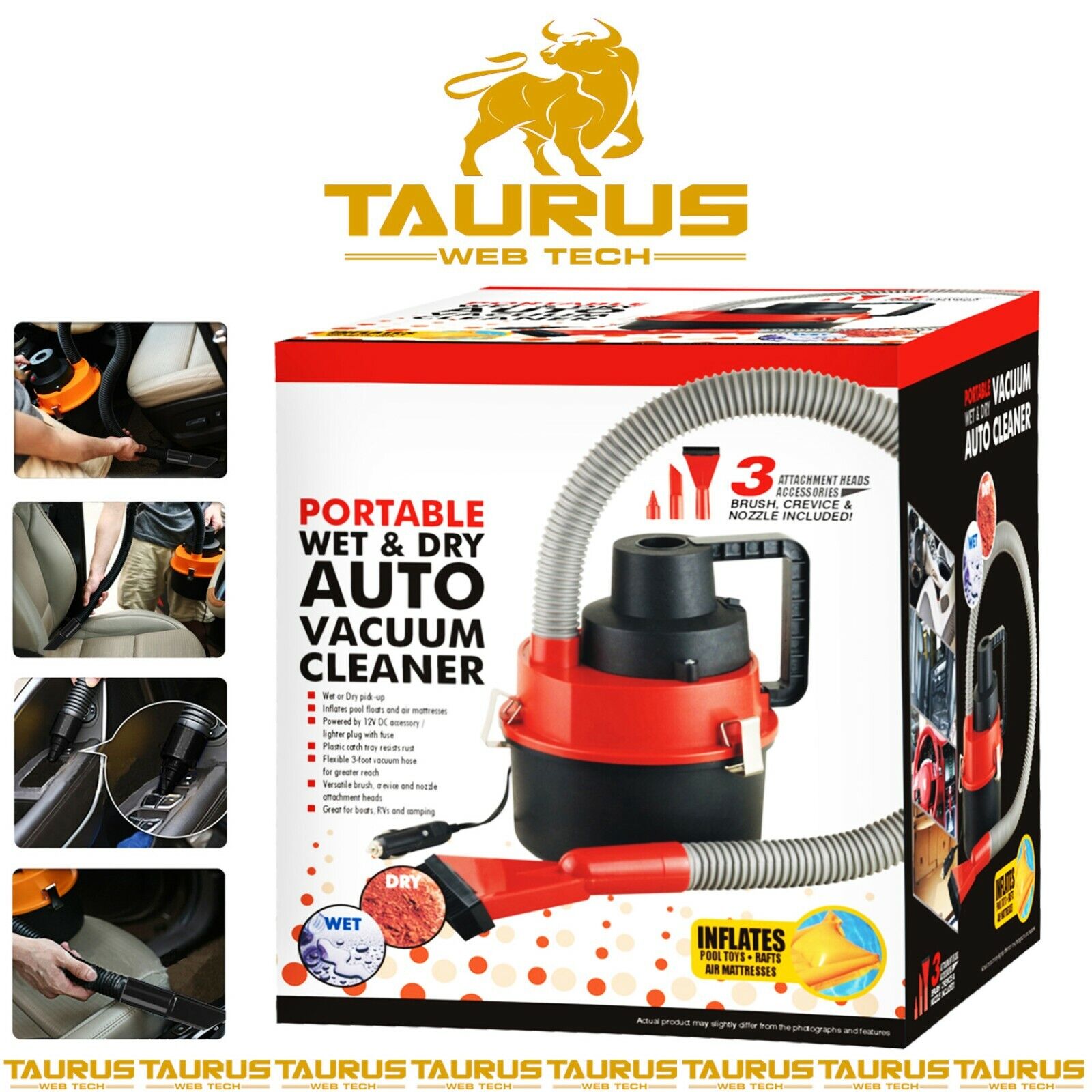
A wet/dry vacuum is an effective tool for removing fiberglass from a mattress quickly and easily. Be sure to check the manufacturer’s instructions to ensure the vacuum is suitable for the type of mattress you have. Then, set the vacuum to its highest suction setting and use the crevice tool attachment to pick up the fiberglass. Once the fiberglass has been vacuumed up, make sure to empty the vacuum into a trash bag or container and dispose of it in a safe and secure manner.
Use a Vacuum Cleaner With an Extension Hose
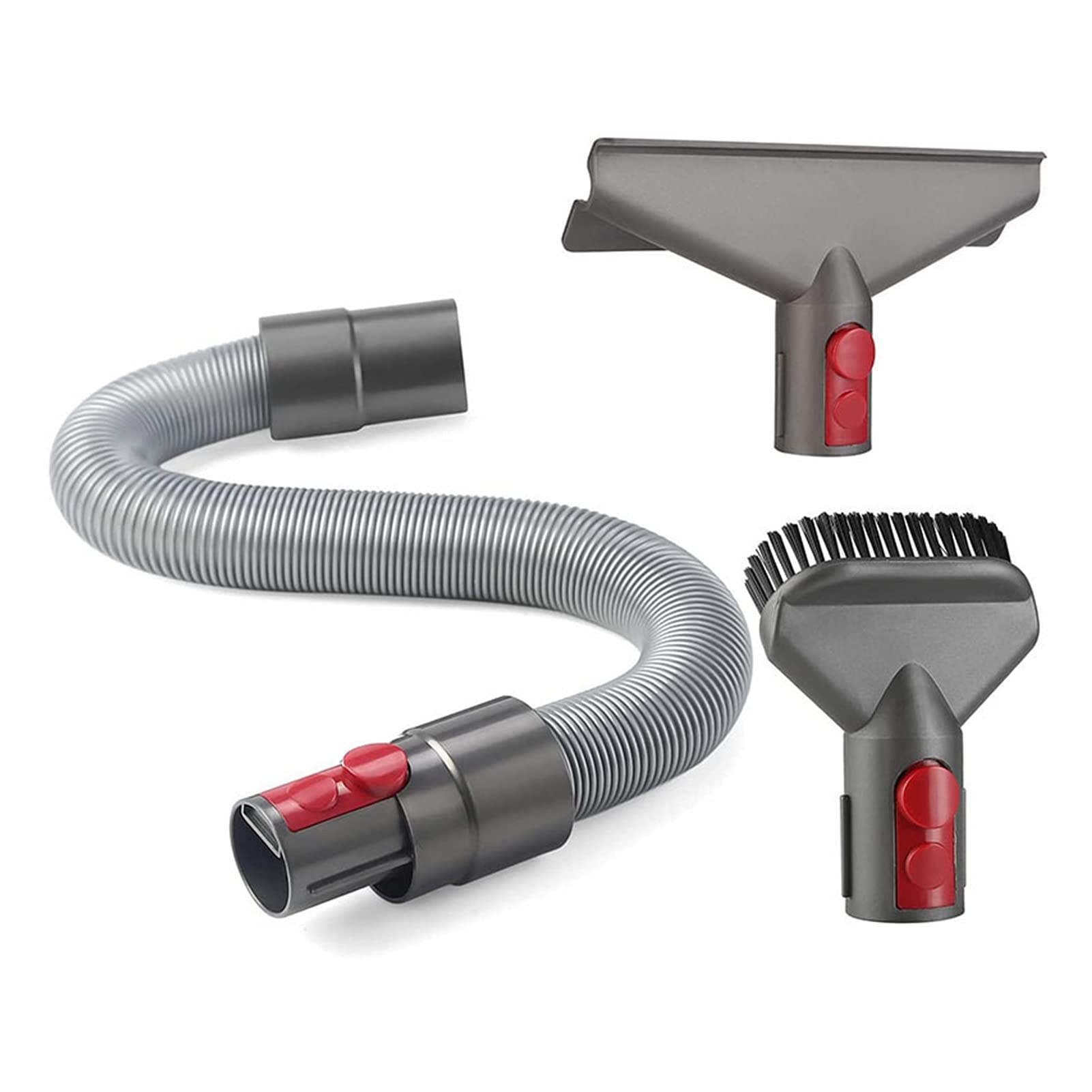
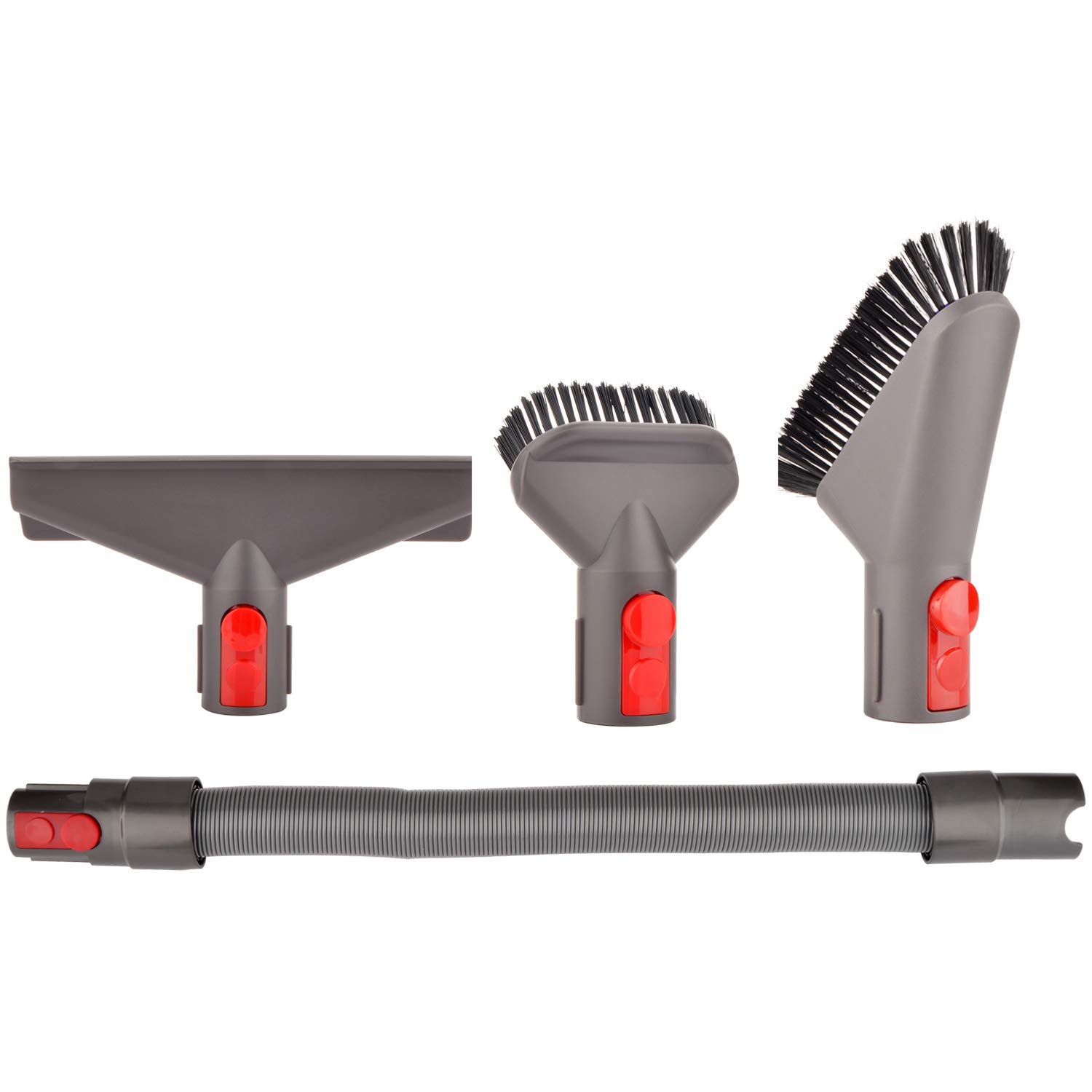
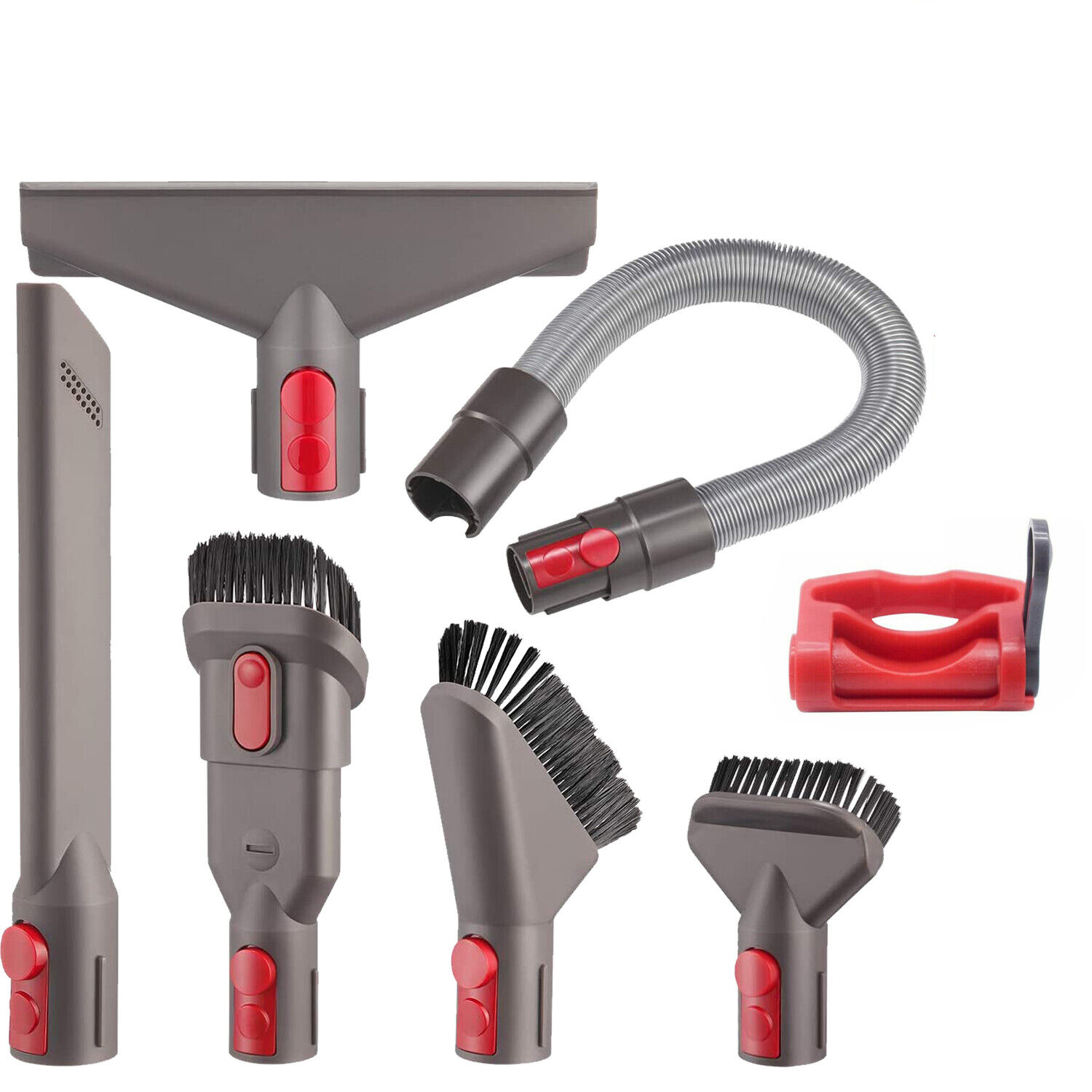
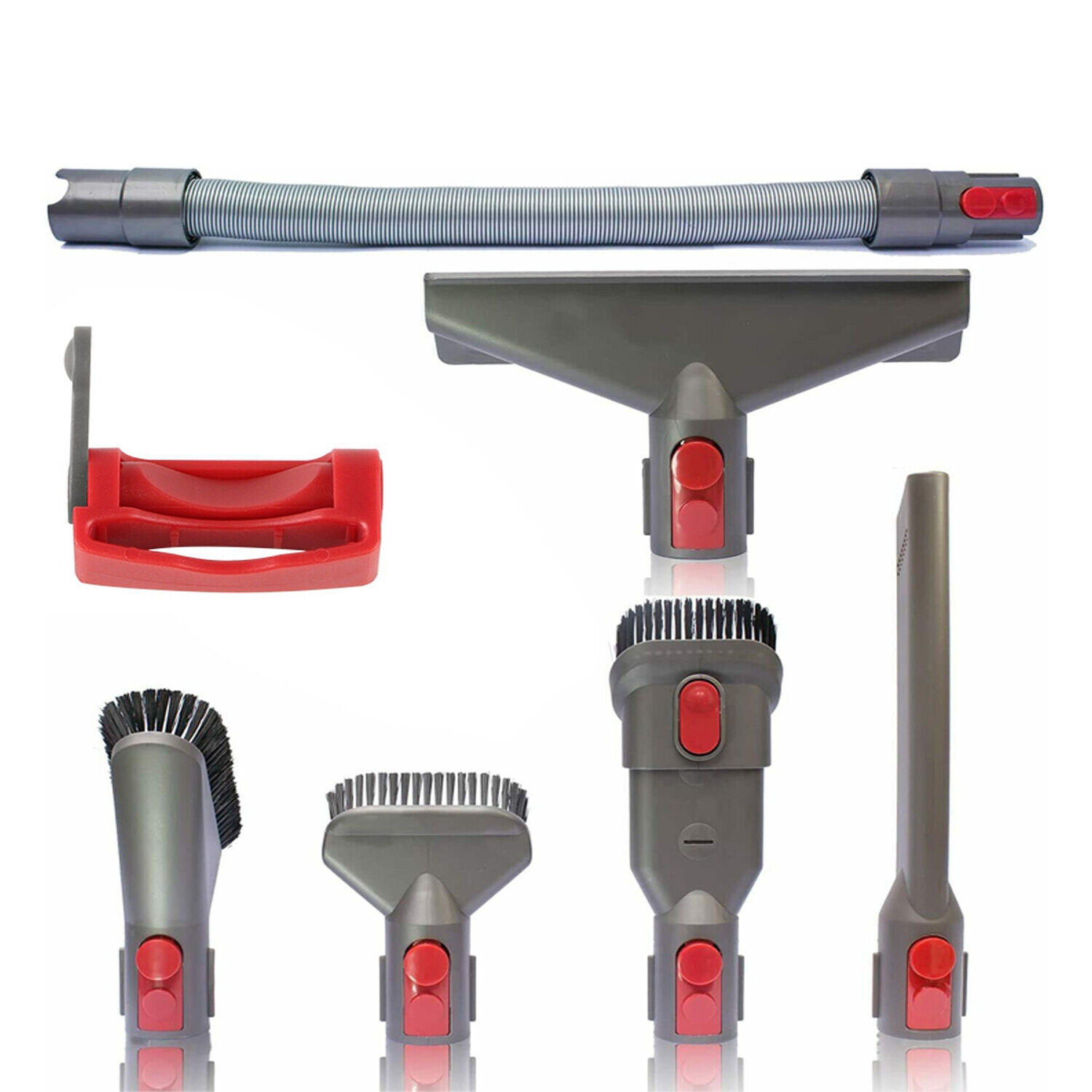
Using a vacuum cleaner with an extension hose is one of the easiest and most effective ways to quickly remove fiberglass from a mattress. Vacuums come with a variety of attachments that can help to remove the fibers from the mattress surface. Before using a vacuum cleaner, make sure to unplug it from the wall outlet and move the mattress away from any walls or furniture.
When using a vacuum cleaner with an extension hose, start by attaching the hose to the end of the vacuum and adjusting the nozzle to the desired setting. It is important to use the lowest setting possible, as the highest setting could damage the mattress. Once the nozzle is in place, start vacuuming in a slow and gentle back-and-forth motion, being sure to cover the entire surface of the mattress. Continue vacuuming until all visible fibers have been removed.
Another effective way to remove fiberglass from a mattress is to use a vacuum cleaner with a HEPA filter. HEPA filters are designed to trap and remove fine particles from the air and are very effective at removing fibers from mattresses. To use a HEPA filter, attach the filter to the end of the vacuum, adjust the nozzle to the desired setting, and begin vacuuming the mattress in a slow and gentle back-and-forth motion.
Once the entire surface of the mattress has been vacuumed, inspect the mattress to make sure all of the fibers have been removed. If there are still fibers present, use a damp cloth to wipe away any remaining fibers. Once all of the fibers have been removed, place the mattress back in its original position and plug the vacuum cleaner back into the wall outlet.
Use a Soft Brush to Remove the Fiberglass
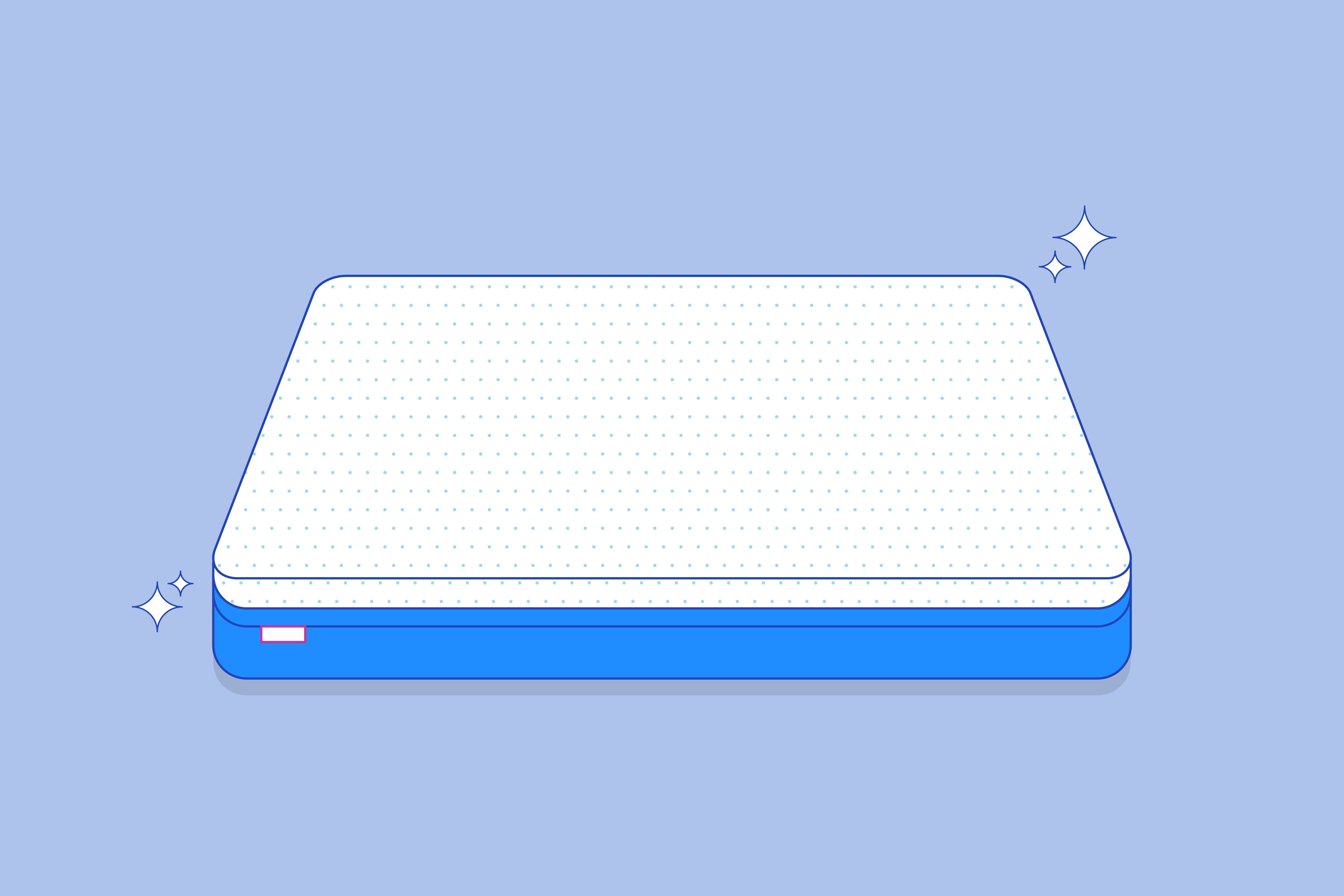
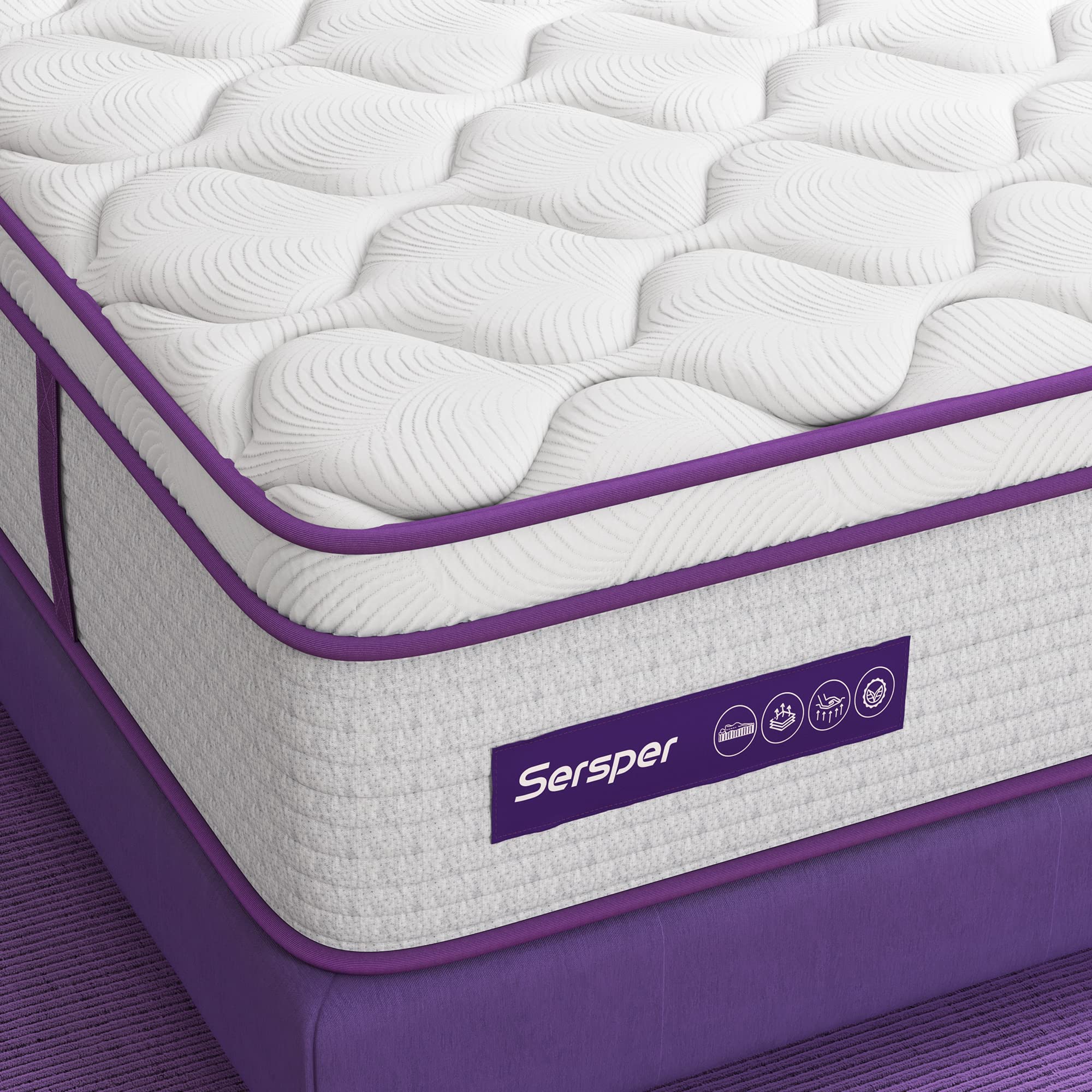
Using a soft brush is one of the quickest and easiest ways to get rid of fiberglass from your mattress. To do this:
- Take a soft-bristled brush and gently brush off the fibers from the surface of the mattress.
- Repeat this process until you have removed as much fiberglass as possible.
- Once you have removed the fiberglass, vacuum the mattress to get rid of any remaining particles.
This method is simple and effective, and it will help you get rid of the fiberglass from your mattress quickly and easily.
Use a Vacuum Cleaner With a HEPA Filter
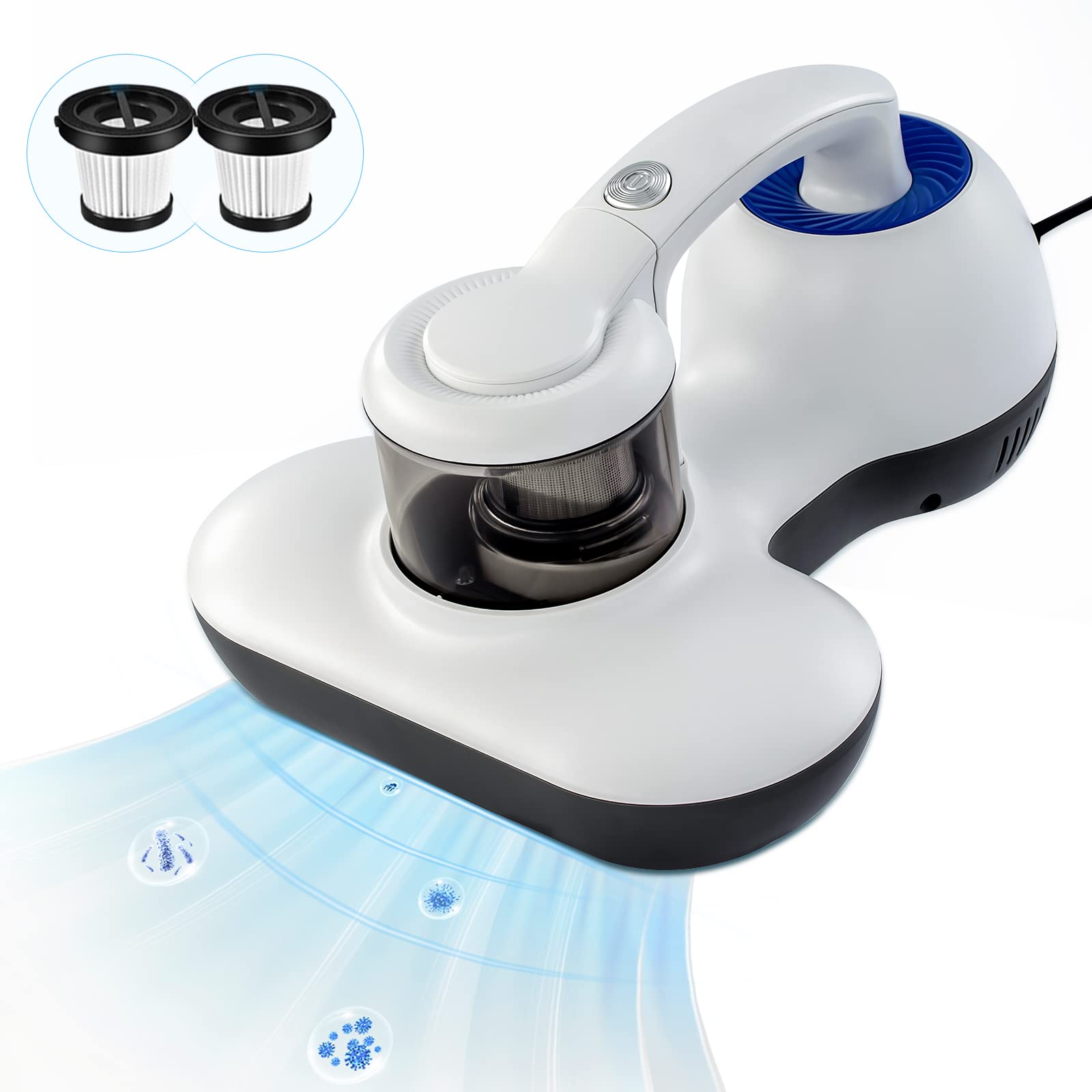

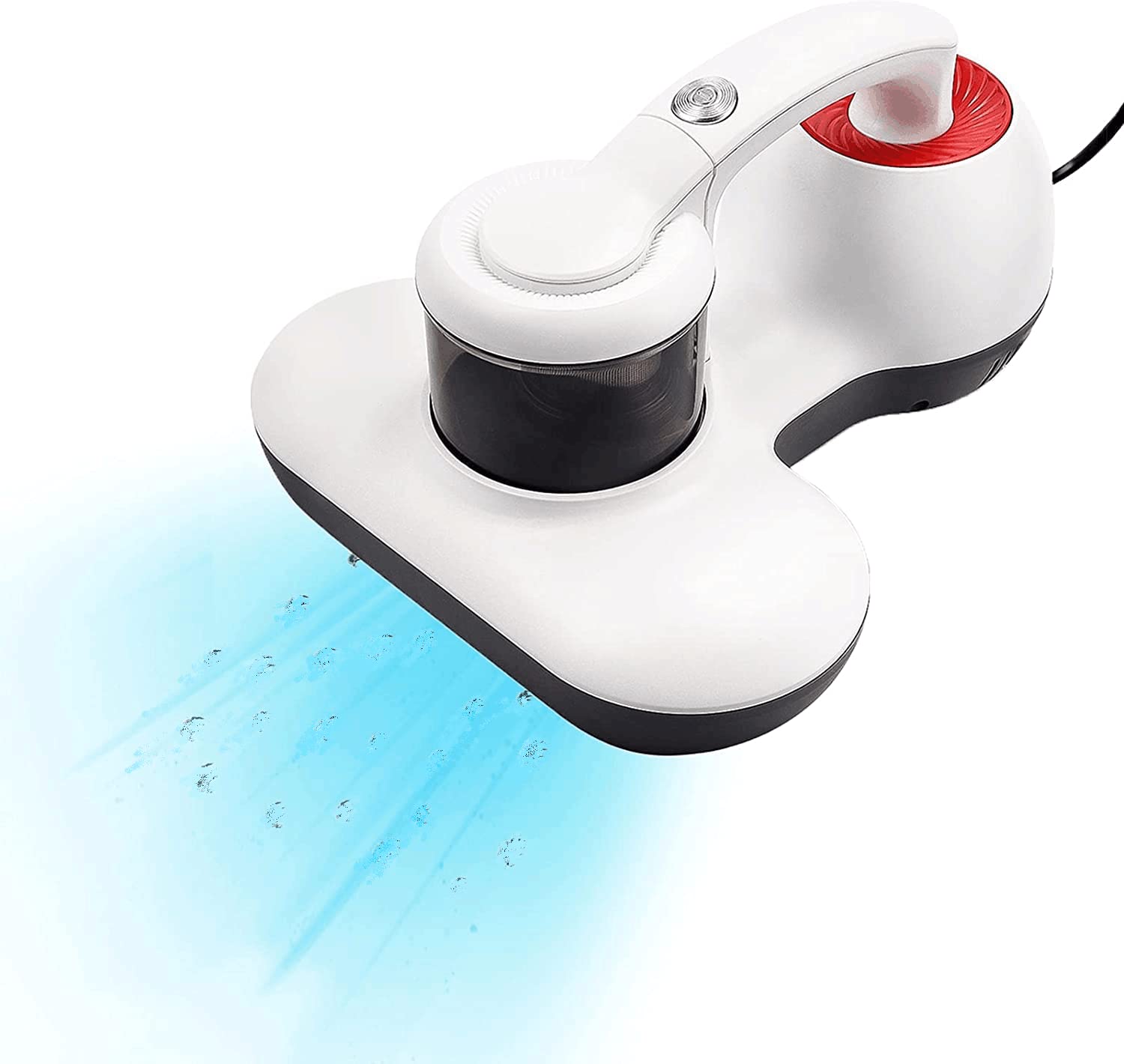
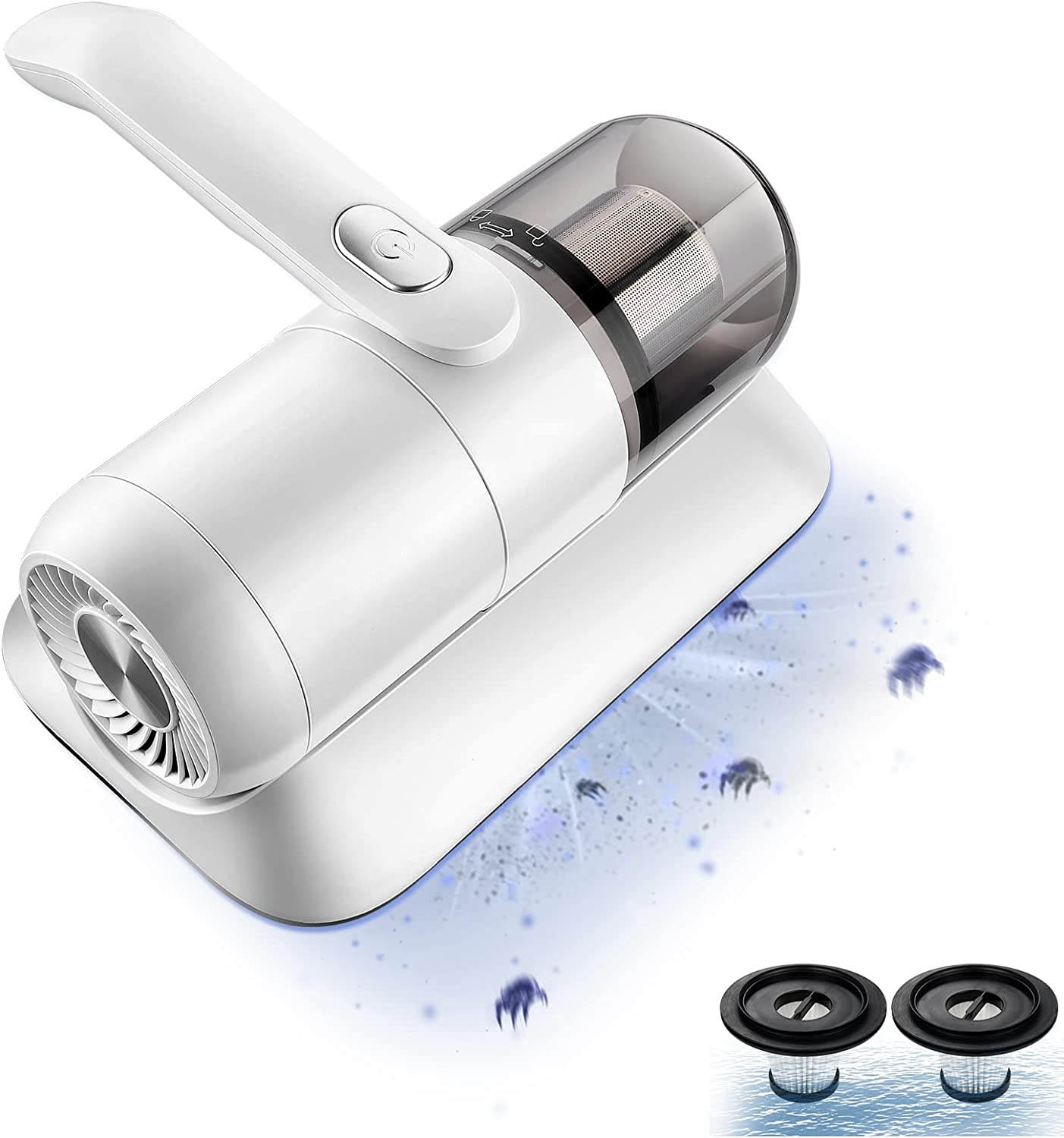
- HEPA filter is the most effective filter for removing fiberglass particles from the mattress surface.
- A HEPA filter captures 99.97% of particles that are 0.3 microns or larger in size.
- The HEPA filter helps to reduce the risk of fiberglass particles entering your lungs.
- HEPA filters need to be replaced periodically to ensure optimal performance.
- It is important to use a vacuum cleaner with a HEPA filter to ensure that all fiberglass particles are removed from the mattress.
Use a Vacuum Cleaner With an Extension Hose




- Fit the vacuum cleaner with an extension hose
- Attach the brush attachment to the extension hose
- Start vacuuming the mattress with the brush attachment
- Be sure to cover the entire surface of the mattress
- After vacuuming, take off the brush attachment and use the extension hose to suck up any remaining fiberglass particles
- Be sure to move the extension hose around in a circular motion to pick up any remaining particles
Using a vacuum cleaner with an extension hose is an effective way of getting rid of fiberglass from a mattress. The extension hose allows for the most surface area to be covered and for any remaining particles to be vacuumed up.
How to Clean Fiberglass From Mattress
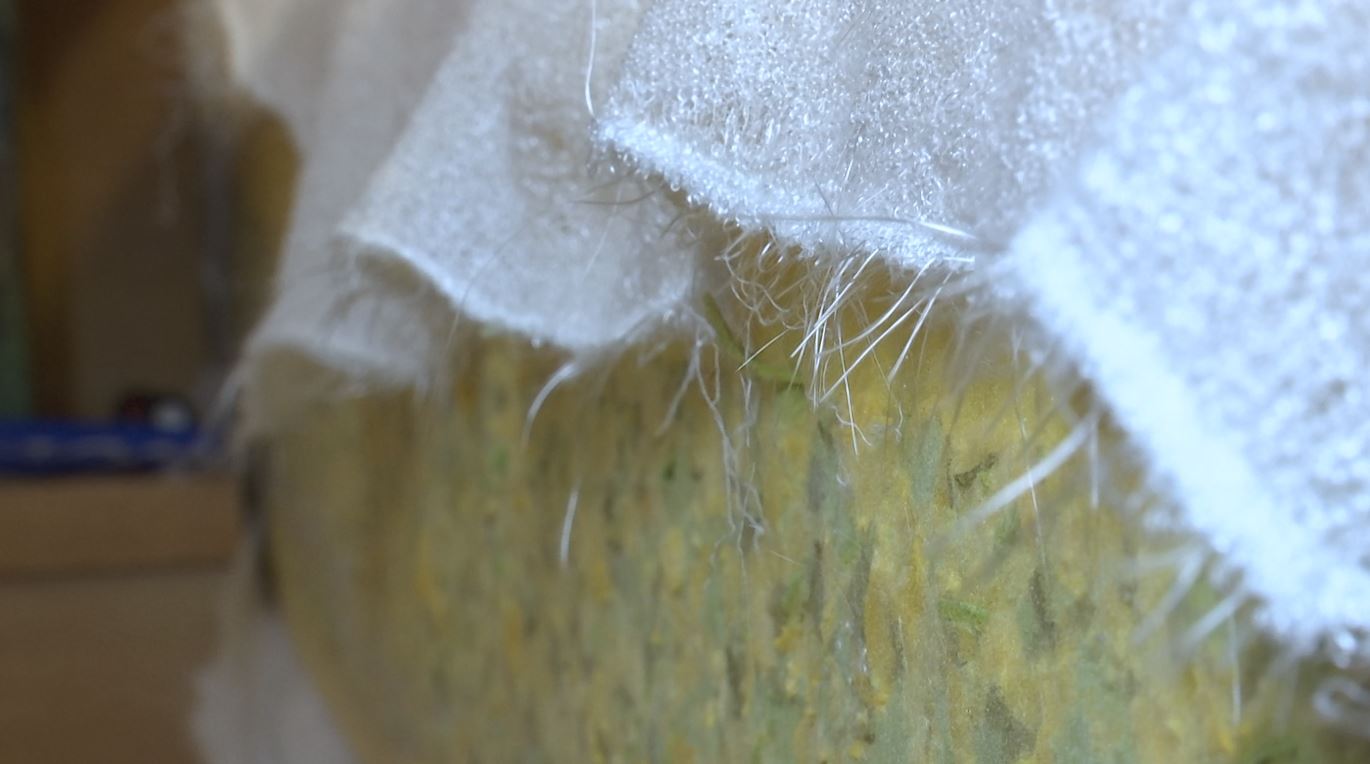
1. Vacuum the surface of the mattress
- Start by removing all bedding and other items from the mattress.
- Vacuum the entire surface of the mattress with a vacuum cleaner, paying special attention to the seams and crevices.
- Make sure to use the upholstery attachment on the vacuum so that you can get into all the nooks and crannies.
2. Apply a fiberglass remover solution
- Locate a fiberglass remover solution at your local home improvement store.
- Carefully read and follow the instructions on the solution.
- Apply the solution to the areas of the mattress that are affected by the fiberglass.
- Allow the solution to sit on the mattress for the amount of time specified on the instructions.
- Once the solution has had enough time to work, use a clean towel to wipe off the solution.
3. Vacuum the mattress again
- Once the solution has been wiped off, vacuum the mattress again to remove any remaining fibers.
- Be sure to use the upholstery attachment again to get into all the nooks and crannies.
Clean the Mattress With a Vacuum Cleaner
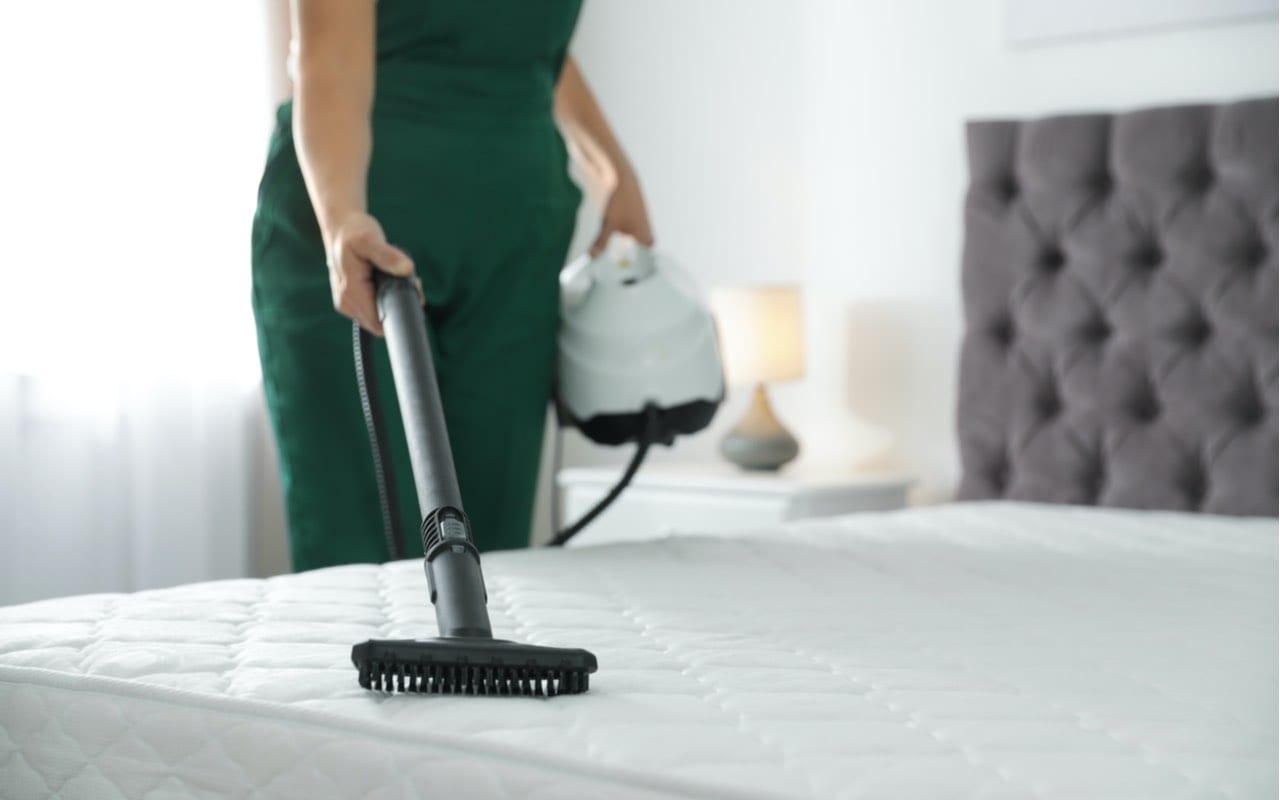

Vacuuming is an effective way to remove fiberglass from a mattress. Make sure the vacuum cleaner you use has a HEPA filter, as this will help to trap small particles of fiberglass. Start by vacuuming the top of the mattress and then work your way from the sides to the bottom. Be sure to clean the seams, creases, and edges thoroughly, as these are areas where fiberglass particles may be more likely to accumulate. Once you have vacuumed the mattress, inspect it carefully to make sure no particles are left behind. If you find any, repeat the vacuuming process until all the fibers are removed.
Use a Soft Brush to Remove the Fiberglass


- A soft-bristled brush is the best choice when it comes to removing fiberglass from a mattress.
- It is important to use gentle, light strokes when brushing the mattress with a soft-bristled brush to avoid causing any damage.
- The purpose of the soft brush is to gently scrape away the fiberglass particles from the mattress.
- Vacuuming the mattress after brushing is an effective way to remove any remaining fiberglass particles.
- It is important to replace or clean the vacuum filter regularly to prevent the fiberglass particles from being redistributed.
- Regularly brushing and vacuuming the mattress is a great way to prevent the accumulation of fiberglass particles on the mattress.
Use a Vacuum Cleaner With a HEPA Filter




Using a vacuum cleaner with a HEPA filter is one of the most effective cleaning methods for getting rid of fiberglass from a mattress. A HEPA filter helps to trap and eliminate small particles, including the tiny pieces of glass from fiberglass. The filter also helps to reduce the amount of dust particles in the air, preventing them from getting into the lungs and causing an allergic reaction.
Steps:
| Step | Instructions |
|---|---|
| 1 | Make sure the vacuum cleaner has a HEPA filter. |
| 2 | Vacuum your mattress thoroughly in a slow and methodic way. |
| 3 | Check the filter after each use and clean it if necessary. |
| 4 | Empty the vacuum cleaner after each use when cleaning fiberglass from the mattress. |
When using a vacuum cleaner to remove fiberglass from a mattress, it is important to ensure that the filter is in good working order and that it is being emptied after each use. This will help to ensure that the filter is trapping all of the pesky glass particles and will also help to minimize dust particles in the air.
Use a Vacuum Cleaner With an Extension Hose




Using a vacuum cleaner with an extension hose is an easy and effective way to get rid of fiberglass from your mattress. Vacuuming the mattress with the extension hose will help pull out the loose fibers and remove them from the mattress. Make sure to use the highest suction setting for the best results.
You will need to use a vacuum cleaner that is equipped with a crevice tool and an extension hose. This will allow you to get into all the tight and hard-to-reach places on the mattress. Additionally, use a brush attachment to help dislodge the fiberglass fibers from the surface of the mattress.
To begin, attach the extension hose to the vacuum cleaner and turn it on. Start at the top of the mattress and slowly vacuum the entire surface. Be sure to move slowly and evenly so that the vacuum can reach all the fibers. Vacuum all sides of the mattress and creases.
For areas with more stubborn fiberglass fibers, use the brush attachment to scrub the fibers loose. Then use the vacuum cleaner to suck up the fibers. Repeat this process until all the fibers have been removed.
When you are finished vacuuming, empty the vacuum cleaner and dispose of the fiberglass particles. To prevent the fibers from returning, regularly vacuum the mattress and use a good quality mattress protector.
Use a Vacuum Cleaner With a HEPA Filter




To quickly and easily get rid of fiberglass from a mattress, it is essential to use a vacuum cleaner with a HEPA filter. This type of filter is designed to trap particles as small as 0.3 microns, making it the perfect choice for removing tiny fiberglass particles from a mattress. Before vacuuming, make sure the mattress is completely dry. Start by setting the vacuum cleaner to the lowest setting and slowly move it over the mattress in a back-and-forth motion. Make sure to cover the entire surface area of the mattress, including the sides and seams. Once finished, dispose of the vacuum cleaner bag immediately. For an extra layer of protection, vacuum the mattress with a HEPA filter again. This will ensure that all the fiberglass particles have been removed.
Use a Vacuum Cleaner With an Extension Hose




- Attach a vacuum extension hose to the vacuum cleaner.
- Turn the vacuum cleaner on and start vacuuming the mattress.
- Make sure that the hose is in contact with the mattress’s surface.
- Move the vacuum cleaner around the mattress in all directions.
- Focus on the crevices and corners for maximum efficiency.
- Once done, turn off the vacuum cleaner.
Using a vacuum cleaner with an extension hose is an effective way to get rid of fiberglass from mattress. Vacuuming the mattress with an extension hose ensures that the fiberglass from mattress is thoroughly removed. To use a vacuum cleaner with an extension hose, attach the hose to the vacuum cleaner. Turn the vacuum cleaner on and start vacuuming the mattress, making sure that the hose is in contact with the mattress’s surface. Move the vacuum cleaner around the mattress in all directions and focus on the crevices and corners for maximum efficiency. Once done, turn off the vacuum cleaner.
Use a Vacuum Cleaner With an Upholstery Attachment
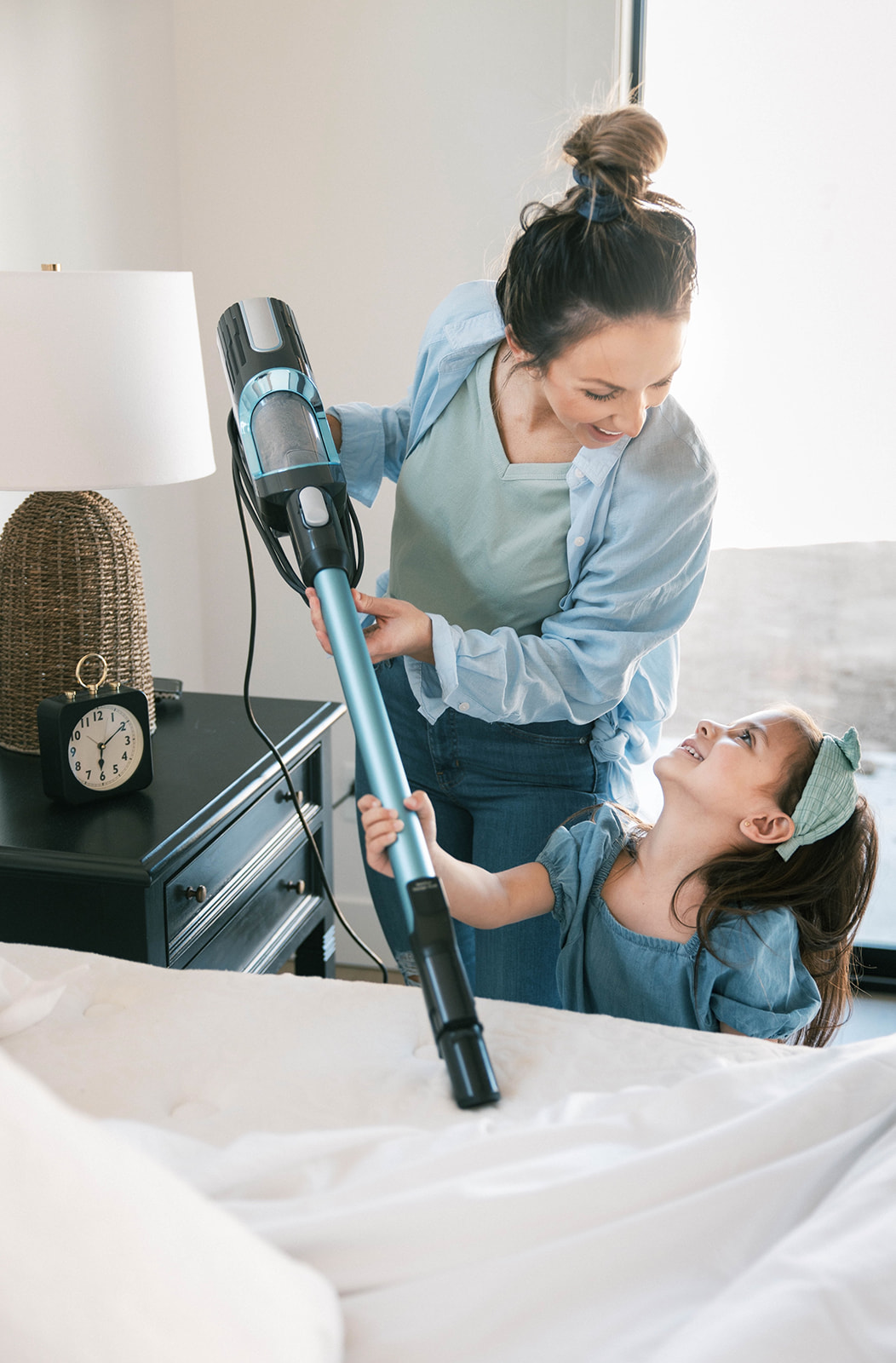
- Vacuum the mattress using an upholstery attachment to remove the surface layer of fiberglass.
- Start from one corner and work your way in a circular motion around the mattress. Make sure to cover all surfaces.
- Do not press too hard when vacuuming, as this may push the fibers further into the mattress.
- Vacuum in the opposite direction to ensure all fibers are removed.
- If the vacuum cleaner has an adjustable setting, make sure to use the highest setting.
- Once you finish vacuuming, use a microfiber cloth to wipe away any remaining fibers.
Using a vacuum cleaner with an upholstery attachment is an effective way to quickly and easily get rid of fiberglass from a mattress. Vacuuming the mattress is the first step in cleaning fiberglass from the mattress and will help remove the surface layer of fiberglass. Start from one corner and work your way in a circular motion around the mattress, making sure to cover all surfaces. Do not press too hard when vacuuming, as this may push the fibers further into the mattress. Vacuuming in the opposite direction will help ensure all the fibers are removed. If the vacuum cleaner has an adjustable setting, make sure to use the highest setting. Once you finish vacuuming, use a microfiber cloth to wipe away any remaining fibers.
Clean the Mattress With a Vacuum Cleaner


- Vacuuming your mattress regularly is a great way to clean it and remove any fiberglass particles that may have become lodged in the fabric.
- Using a vacuum cleaner with a HEPA filter is particularly helpful, as it will trap any tiny particles that may be too small to be seen with the naked eye.
- When vacuuming, be sure to go over the entire mattress, including the sides and the corners.
- If possible, use a special mattress attachment to ensure that all of the fibers are removed.
- Make sure to vacuum both sides of the mattress, and make sure to vacuum any crevices or seams to ensure that no fiberglass particles are left behind.
- When you are finished vacuuming, be sure to empty the canister or bag to prevent any fiberglass particles from being reintroduced into the environment.
Use a Vacuum Cleaner With a HEPA Filter




| Equipment | Purpose |
|---|---|
| Vacuum cleaner with a HEPA filter | To remove fiberglass from mattress |
Using a vacuum cleaner with a HEPA filter is one of the most effective ways of getting rid of fiberglass from a mattress. This type of vacuum cleaner is specifically designed to capture microscopic particles such as fiberglass, so it is highly efficient. To use a vacuum cleaner with a HEPA filter, all you need to do is to turn it on and start cleaning the mattress in a circular motion. Make sure that you cover all the areas of the mattress, including the sides and the corners. You should also try to vacuum the mattress twice or thrice to ensure that all the fiberglass particles are removed. After vacuuming the mattress, you should check it for any remaining fiberglass particles and if there are any, you should vacuum again. Once you are satisfied that all the fiberglass particles have been removed, you can proceed to the next step of the cleaning process.
Use a Vacuum Cleaner With an Extension Hose




Using a vacuum cleaner with an extension hose is an effective way to get rid of fiberglass from a mattress quickly and easily. Here are some tips to help you make your mattress free of fiberglass:
- Attach the extension hose to the vacuum cleaner and make sure it is securely connected.
- Vacuum the mattress using the extension hose to reach all areas of the mattress.
- Vacuum in a circular motion to ensure that the entire surface of the mattress is covered.
- Take extra care when vacuuming the seams of the mattress as these areas tend to be more prone to fiberglass.
- Once the mattress is vacuumed, use a damp cloth to remove any remaining fiberglass.
- Allow the mattress to dry completely before using it.
Using a vacuum cleaner with an extension hose is an effective and efficient way to get rid of fiberglass from a mattress quickly and easily. With proper use, you can have your mattress free of fiberglass in no time.
Frequently Asked Questions
What Types of Mattresses are Prone to Fiberglass Contamination?
Mattresses that are made with synthetic materials, such as polyester, foam, or plastic, are more likely to contain fiberglass. Additionally, mattresses that are cheaply made and contain low quality materials are also more likely to contain fiberglass. Pillows, bedding, and other materials in the bedroom can also potentially contain fiberglass.
Are There Any Health Risks Associated with Fiberglass Contamination?
Yes. Fiberglass contamination can cause irritation to the skin, lungs, and eyes, and prolonged exposure can lead to further health issues. Some of the potential health risks associated with fiberglass contamination are:
- Skin irritation, including itching, redness, and rashes
- Eye irritation, including redness and inflammation
- Respiratory irritation, including difficulty breathing and coughing
- Headaches, nausea, and fatigue
- Lung damage, including scarring of the airways
It is important to take the necessary steps to remove fiberglass from mattress quickly and easily in order to avoid potential health risks associated with exposure.
Are There Any Special Tools Needed for Removing Fiberglass from a Mattress?
No. The only tool needed for removing fiberglass from a mattress is a vacuum cleaner. You can use a regular vacuum cleaner with an upholstery attachment or a handheld vacuum cleaner. Vacuuming is the best way to remove fiberglass from a mattress quickly and easily. It’s also important to remember to wear a dust mask and safety glasses when vacuuming to protect yourself from the fiberglass particles.
- Regular vacuum cleaner with an upholstery attachment
- Handheld vacuum cleaner
- Dust mask
- Safety glasses
How Often Should a Mattress Be Inspected for Fiberglass Contamination?
Regularly:
- Inspect the mattress for any visible signs of fiberglass contamination on a regular basis.
- Check for tears or rips in the mattress fabric.
- Look for any signs of discoloration in the fabric.
- Make sure to check around the seams and edges, as fiberglass is more likely to accumulate in those areas.
Before Moving or Cleaning:
- Inspect the mattress before moving it to another room or location.
- Check for any signs of fiberglass contamination before cleaning the mattress.
After Cleaning or Repairs:
- Inspect the mattress after cleaning or repairs, to make sure that the fiberglass contamination has been removed.
- Check for any signs of new or recurring contamination.
Is there a way to prevent fiberglass from entering a mattress?
- Use a Mattress Cover: Using a mattress cover is one of the best ways to prevent fiberglass from entering your mattress. Mattress covers are designed to fit snugly over your mattress, and they act as a barrier to keep out any unwanted particles or debris.
- Avoid Cheap Mattresses: Cheap mattresses are often made with low-quality materials, which can often contain fiberglass. If you’re looking for a new mattress, make sure to invest in one that is made with high-quality materials, so that you don’t have to worry about fiberglass entering your mattress.
- Check for Signs of Damage: If you’ve had your mattress for a while, make sure to check it for signs of damage. Any cracks, holes, or tears in the fabric of your mattress can provide an entry point for fiberglass fibers. If you find any damage, replace your mattress right away.
- Vacuum Regularly: Regularly vacuuming your mattress can help keep it free of dust, dirt, and fiberglass. Make sure to use a vacuum with a HEPA filter, so that it can trap any tiny particles that might be lurking in your mattress.
Conclusion
Fiberglass in mattresses can be a nuisance, but getting rid of it doesn’t have to be difficult. With the right tools and knowledge, you can quickly and easily remove fiberglass from your mattress. Vacuuming, using a lint roller, and using tape are all good methods for quickly removing fiberglass from mattresses. If the fiberglass is deeply embedded, using a product like rubbing alcohol is the best option. With patience and the right approach, you can get rid of fiberglass from your mattress in no time.

